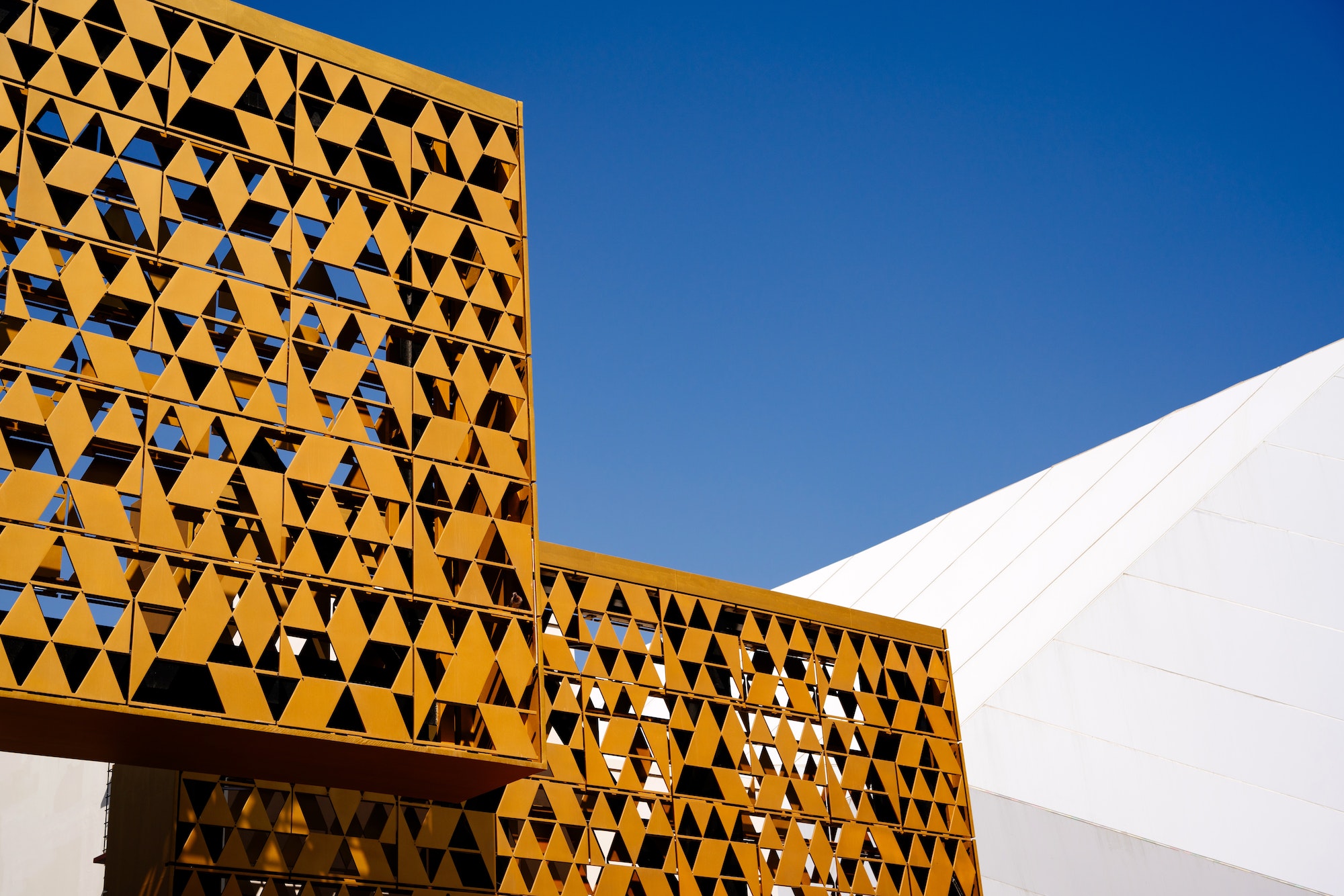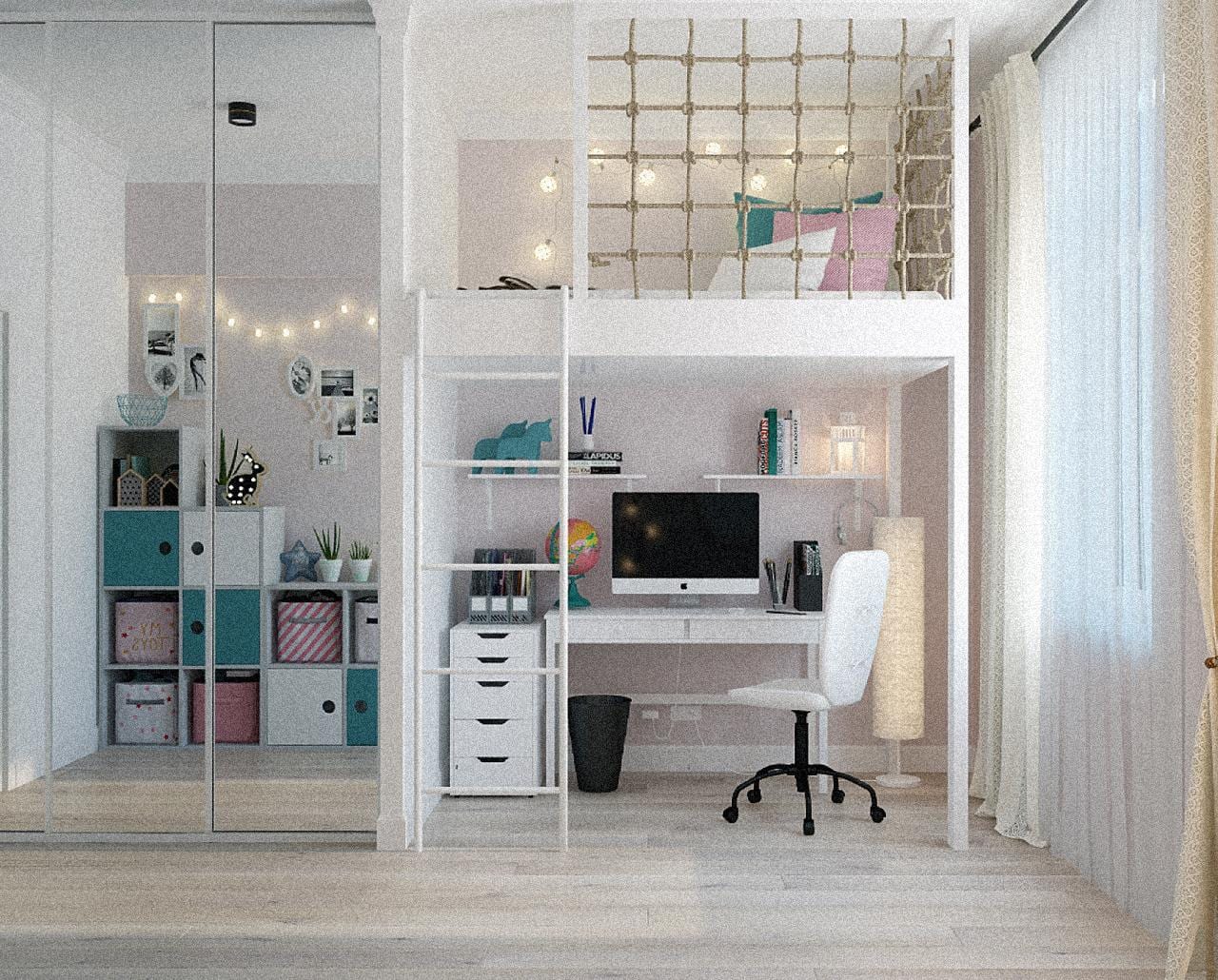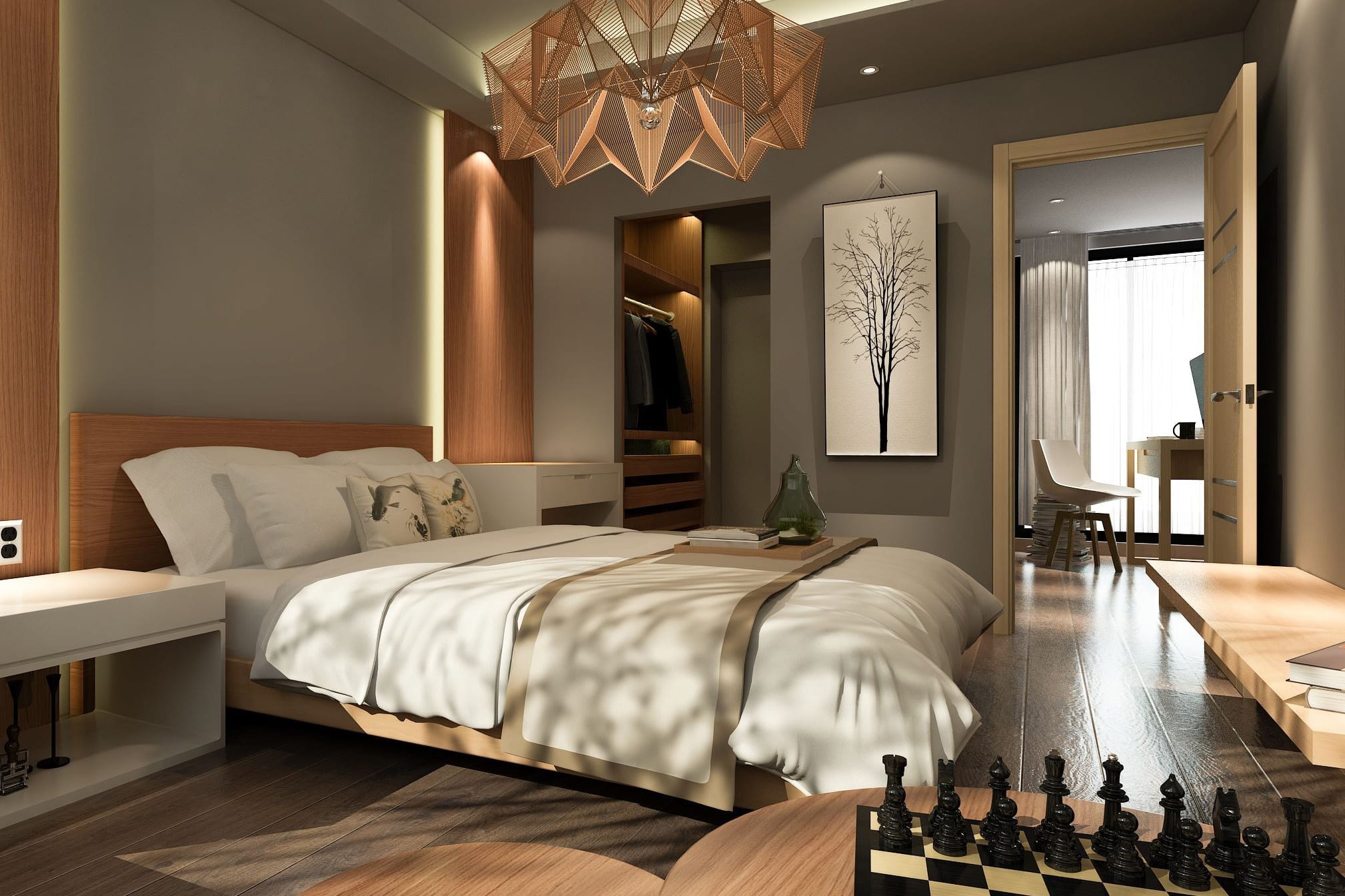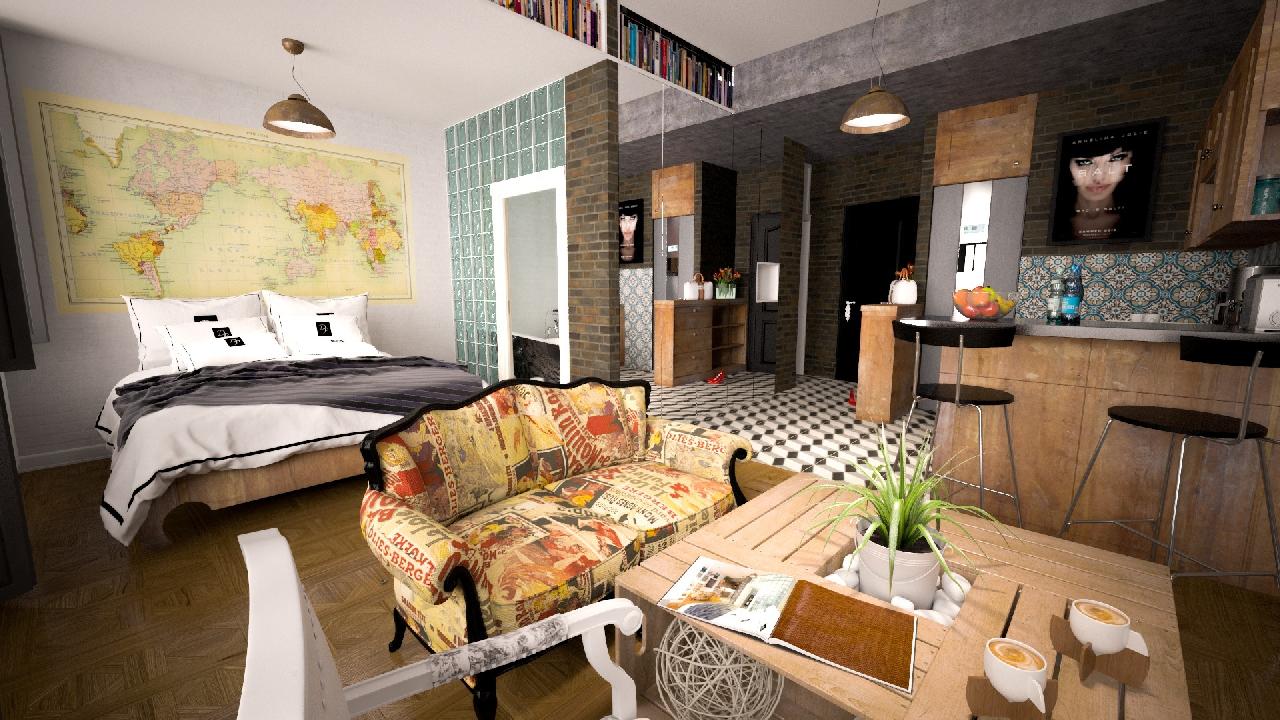Good architecture is essential in real estate investments. A strong design helps create higher value and attracts potential buyers, increasing the return on investment. Proper construction, sturdy materials, and efficient layout protect homeowners from incurring additional costs and ensure an aesthetically pleasing living space. This article will discuss the significance of good architecture and how it can enhance a property’s resale value. It will look at different architectural styles and their impacts on prices as well as tips for selecting the right architect or design firm to procure quality results. Finally, it will examine how great design can impact the environment in terms of energy efficiency and sustainability.
An Attractive Architectural Design Makes A Property More Attractive To Renters Or Buyers
When it comes to buying or renting a home, there is more to consider than just the price. An attractive architectural design is also essential in making a property more desirable over other similar listings. Good design can bring out features of the property that will set it apart from others and, consequently, draw in more potential investors. When it comes to getting the design right, you need the right people with the right attitude who have the ability to see what others are unable to see. Most investors, like real estate keynote speaker Kurt Uhlir, believe in working with passionate individuals, which could include those with a flair for design. A well-designed interior will create a favorable first impression and build an emotional connection with those considering the space. The interior should also be carefully considered, creating paths of movement between areas and capitalizing on natural light and outdoor vistas. Equally as important as layout, materials make up the majority of what occupants see and experience when living within a space. Quality building materials that are visually pleasing and physically durable often come with higher costs but are worth it in the long run. All these decisions work to elevate a structure visually as well as functionally.
Buildings With A Creative Design Can Improve The Quality Of Life Of Those Who Live Or Work There
Buildings with creative designs can elevate the quality of life for those who live or work there. These enhanced spaces can inspire people, lift their spirits and make them proud of where they work or live. By introducing creativity into the design process, buildings become investing destinations rather than just places where people spend most of their time. The right design can create an emotional connection between individuals and the space they occupy, thus enabling them to feel more fulfilled in their lives.
Innovative Architectural Designs Can Set A Property Apart From Its Competitors
The design of a property is a great way to make it stand out from its competitors in what is usually a fiercely competitive industry. Design ideas that push the boundaries of what is possible can entice more to take notice and might even spark a bidding war for the best listings. However, going too far beyond the norm can backfire if customers find it too strange or avant-garde. The perfect balance between boundary-pushing and familiarity is key here as architects go above and beyond to showcase their best work. Designs that combine form and function will be most successful, especially when you know how to tap into your customer’s emotions through clever design solutions. Architecture can provide a powerful visual backdrop like no other, so don’t feel constrained by tradition when it comes time to create something that makes everyone stop and take notice.
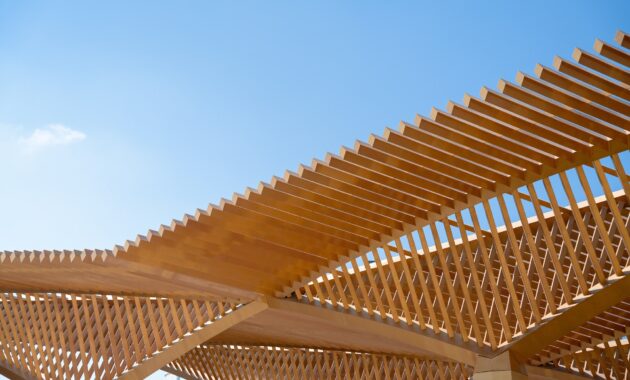
Styles Of Architectural Design That Are Popular Today
While there are too many styles to list in one post, a few are distinctive and tend to stand the test of time. Although you might disagree with the following trends, you can’t deny that most are either still in vogue or have a cyclical but timeless quality that repeats every generation.
Modern Minimalism
Modern minimalism is a popular architectural style that emphasizes the use of clean lines, simple shapes, and an overall reaction in design elements. By minimizing visual distractions, modern minimalist architecture creates calming spaces that are easy to read and visualize. The hallmark of this style is its incessant focus on the basics. Instead of intricate moldings or ornate details, as you might see in Victorian homes, modern minimalism brings out the beauty of a home’s structural elements by using raw materials like glass and steel instead of decorative accents. It also offers energy effects as a bonus. Since there are fewer decorations and items to soak up the energy, your heating and cooling costs will be lower. Moreover, its emphasis on sleek design can make your home appear larger, possibly adding value down the road.
Industrial
Industrial design has become one of the hottest architectural trends in recent years. While it has always been popular in the trendier areas of large cities, the look has slowly percolated its way throughout the country. This unique look celebrates raw, exposed materials such as steel, cement, and glass. The industrial style utilizes a combination of form, function, and tradition to create wonderful and sophisticated spaces that are both inviting and utilitarian. An industrial design combines old-world craftsmanship with modern technologies to provide its own unique charm. Industrial-type homes are perfect for those who enjoy the character and are looking to add a twist of urban coolness to their dwellings. Typical features include lofty ceilings, bare brick walls, and warehouse-inspired lighting fixtures. Large windows also tend to be present to balance the enclosed environment with plenty of natural light. Natural wood flooring often appears alongside other muted colors, such as warm tones or greys, for an overall moody atmosphere that sets out the rugged yet cool industrial design aesthetic that remains popular today.
Mid-Century Modern
Mid-Century modern is an intriguing style of architecture of American origin that rose to fame in the 1940s and 50s. It was heavily influenced by European modernism but also drew upon American design elements such as bungalows and ranch houses. This architectural style features an open plan layout with minimal ornamentation, sleek lines combined with natural materials such as wood and stone, flat roofs, and large windows. The typical mid-century modern is one or two stories tall and has a symmetrical appearance from the exterior. On the interior, these homes feature modern furnishings, with lots of built-in storage solutions throughout the space. This look is ubiquitous today, from homes to coffee shops to furniture stores, and for a good reason! Its simplistic design principles, use of natural materials, and bright color palettes make it incredibly popular among today’s designers and homeowners alike. In some ways, you could associate this aesthetic with et so-called “American dream.”
Contemporary
The concept of contemporary architecture is all about embracing the future while appreciating the past. It combines features from many different design styles and gives buildings an updated, modern look. Standard features include large horizontal windows, flat roofs, and monochromatic color palettes such as white or neutral grays and tans. Inside, the rooms tend to be airy and open, with plenty of natural light thanks to the large windows. It’s important to note that the contemporary style has nothing to do with “modern” or “minimalistic” designs, which are actually two different styles entirely! The contemporary design focuses on bringing together several existing classes in a way that is appealing to the modern eye.
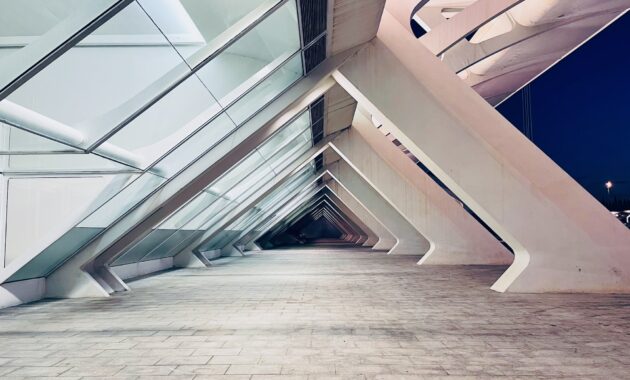
Mediterranean
This design of the home is generally more prevalent in California along the coast and predominantly in areas like LA. However, you can also see it in other regions blessed with an abundance of sun, like Florida, particularly in Miami. Its signature properties include:
- Terracotta tile roofs, sometimes with a bell tower or cupola
- Stucco walls
- Whitewashed rooms
- Arched windows and doors
- Wrought iron accents
- Courtyards
- Terraces
- Sprawling and verdant gardens
This style has especially gained popularity for its timeless appeal since many people want the essence of the Med without having to travel there! Its focus on outdoor living lends itself to relaxed vibes while imparting an old-world charm. With its harkening back to nature and a true sense of serenity during summer months, it’s no surprise why this popular design has been on trend for centuries.
Colonial Revival
In many ways, this is the polar opposite of the previous design and eschews the flamboyant flourishes associated with the Medetraian option and focuses on a more austere approach akin to Spartan puritan tastes. Colonial revival is one of today’s most popular architectural styles, especially in the US. As its name implies, colonial revival draws inspiration from colonial-era architecture and emphasizes classic details like symmetrical facades, hipped and gabled roofs, and classical elements. Living spaces often feature traditionally-inspired moldings around door frames, windowsills, and fireplaces that evoke a simplified grandeur of America’s earliest homes. Interiors are usually relatively open, allowing natural light to enter rooms often decorated with traditional furniture pieces or antiques, further strengthening the connection with history.
Victorian
Victorian architecture has withstood the test of time, often taking on a classic charm that’s still popular today. Victorian structures can generally be grouped into three categories:
- Carpenter Gothic
- Italianate
- Second Empire
All these styles have a distinctive aesthetic, relying heavily on design features such as steep roofs, gingerbread trim around the windows and balconies, ornamental motifs, and towers with domes or spires (although not always). Victorian-style homes are especially popular in coastal communities with cooler climates and a favorite among home buyers looking to make an architectural statement. Distinctively ornate details around windows and porches give this style a whimsical air. Even furnishings inside such houses can range from simple bead board to exquisitely hand-crafted furniture inspired by Queen Victoria’s passion for comfortable but grand decorating schemes.
Postmodern
The final style in this post is also the most divisive, as some people love it while others despise it! Postmodern designs are characterized by their bold, quirky, and eye-catching exteriors and interiors. This style often plays with expectations as it juxtaposes unexpected, unpredictable elements for maximum impact. Overall, postmodern architecture provides an exciting challenge to designers capable of creating truly innovative works of art that are both visually pleasing and functional.
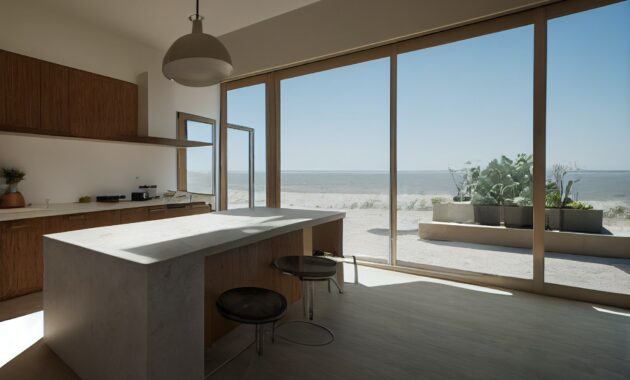
How Great Design Can Impact The Environment In Terms Of Culture And Sustainability
Great architecture can have profoundly positive impacts on the environment with regard to culture and sustainability. A building that is built responsibly and according to best architectural practices will have respect for its cultural context and possibly improve both economic well-being and quality of life.
Good Architecture Should Take Into Account The Needs Of Different Demographics
Good architecture should consider the needs of the people who will inhabit and use the buildings. As culture and society evolve, so too do the expectations for great design. Architects must be just as conscious of market segments in their space, such as families with young children, seniors, the disabled community, and any other demographic they plan to serve. They should also consider how different people will perceive and interact with their designs and if they will endure or fall out of favor, as brutalism did, and cause entire areas to become dull and drab and areas riven with crime and poverty.
Aesthetically Pleasing Architecture Can Enhance The Surrounding Community
Architecture significantly impacts the environment; it can define an area and bring life to an otherwise dull space. Buildings designed with sustainability in mind use materials with a small carbon footprint and contain features like green roofs and high-tech windows, which reduce energy consumption. Moreover, aesthetically pleasing architecture can dramatically improve how people interact with their environment, creating vibrant cities filled with inspiring designs suitable for all tastes. By intelligently combining well-thought-out designs with renewable energy sources and sustainable materials, those in the real estate industry could make significant progress towards creating green cities and villages of tomorrow by leaving their mark today through great design.
Good architecture is an essential component of any real estate business, as it can significantly impact a project’s visual and functional aspects. Not only does high-quality architecture help to increase the value and aesthetic appeal of a property, but it also increases its overall quality and makes it much more likely to be successful. Additionally, it has an impact far beyond the current data, meaning that the styles of today can influence the thought of those who come tomorrow.
Discover more from Futurist Architecture
Subscribe to get the latest posts sent to your email.
